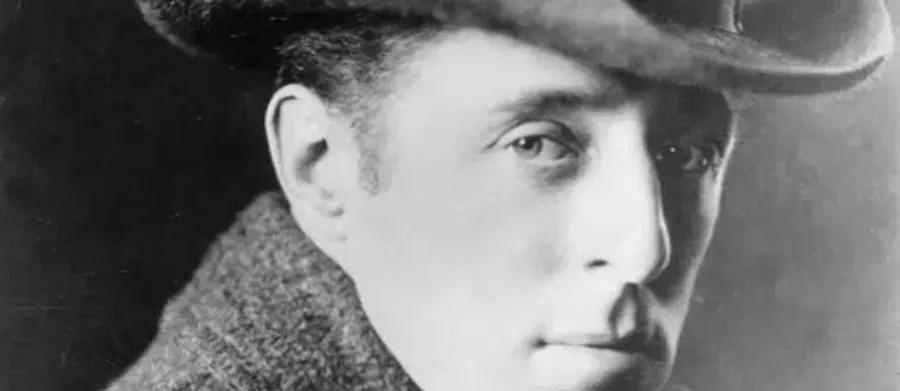David Griffiths (D.W. Griffith (January 22, 1875 – July 23, 1948) was an American director, screenwriter, producer, actor, and art director who was known as the "Father of American Cinema."

David Griffiths
He advanced the acting techniques of film, and he was also the first director to use close-ups. He is an outstanding innovator in the history of cinema and is considered a pioneering figure who made great contributions to the development of early cinema. His most glorious days were the silent film period of the twenties. His most famous works include The Birth of a Nation and The Party Fights Against The Other.
Both Edwin Baut and David Griffiths are among the best filmmakers in the history of world cinema, shining not only in terms of directing but also in terms of screenwriting and production. But Griffith is more artistic than Bauer.
Bauer pioneered the use of film narrative to represent the story, trying to deal with the problem of film time and space. His "The Life of an American Firefighter" and "The Great Train Robbery" are well-known film works. However, in Bauert's artistic creation, more is a long lens fixed camera position shooting, rarely using close-up mid-shot switching, and rarely using lens cut to express the story. In Bauert's The Great Train Heist, one shot is part of a narrative that is mostly panoramic and long-range. The advantage of this is that the audience can have a way of looking at the story from God's point of view. However, without the scene switch, fatigue will occur after a long viewing time.
Stills from The Great Train Robbery
David Griffith's innovation over Bauert is that he realizes that a shot is not simply about the development of the story, but can be expressed for the scene, the story, the narrative, and even the film as a whole. In "The Party Is Different", Griffith directly shreds a large section of the shot and inserts the smaller shot into it to switch back and forth in a single scene, which is conducive to the audience's emotions being displayed in the place where the director lays out. For Bauert, the camera is the subject of the narrative, and in Griffiths, the scene is composed of unused scene insertions into emotions that are not just narratives. This is also the most important difference between Bauer and Griffiths is also the embodiment of Griffith's artistry, Griffith is more concerned with the emotion as the subject of lens expression to emphasize the emotional value of the film, so that the narrative of the film appears more artistic.
Griffith further developed Bauert's artistic approach, using the lens of film to express emotions so that film can be used not only for narrative but also for monetization of art. The parallel intersection of complex narrative patterns and multiple clues has made the art of film more developed.